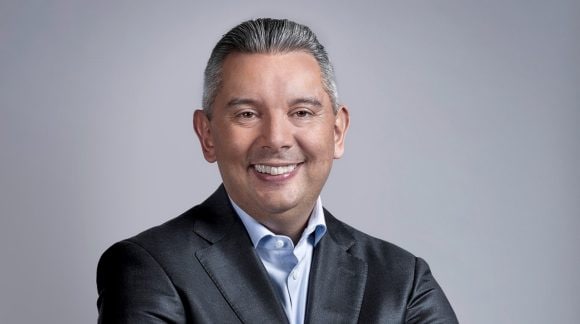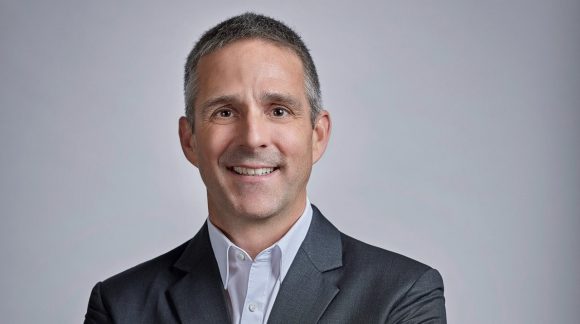Transformation for the firm, transformational for clients
Agile isn’t a new concept for the wider world, or for UBS. Hear from Mike Dargan, chief digital and information officer, and Stefan Seiler, group head of human resources, who’re leading UBS’s agile transformation.




